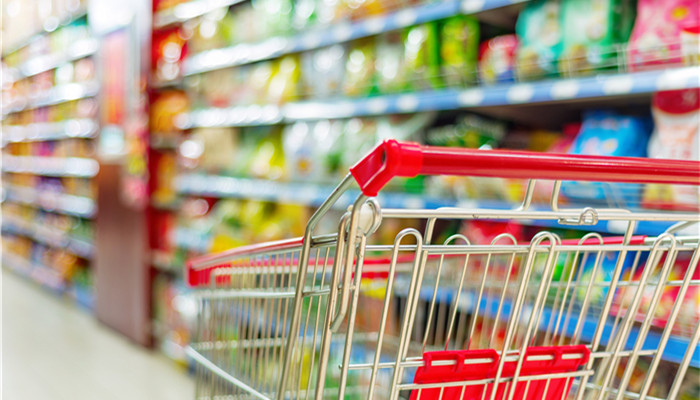
Benefiting from the development of the carbonated beverage industry, the market demand for food-grade carbon dioxide has grown steadily.
Carbon dioxide is divided into industrial grade and food grade according to different purity. Food grade carbon dioxide has higher purity and is mainly used in the fields of beer, carbonated drinks, tobacco, and food preservation. Carbonated drinks and beer account for 90% of the demand for food grade carbon dioxide. Above, followed by cigarettes accounting for about 6%.
Since 2014, in the context of domestic beverage health, the production of carbonated beverages has continued to decline. In 2017, the output was approximately 17.5 million tons. However, in 2018, with the launch of new sugar-free carbonated beverages, the production of carbonated beverages showed a growth trend. In 2019, my country’s carbonated beverage production was approximately 18.45 million tons. As the structure of my country’s carbonated beverage market continues to be optimized, sparkling water that conforms to the health concept is favored by the market, and domestic carbonated beverage production is showing a growth trend.
my country is a major beer-producing country, and the beer industry has entered a mature stage. The current product structure is constantly optimized and gradually develops in the direction of mid-to-high-end. In the past five years, my country’s beer production has shown a continuous downward trend, falling to 34 million kiloliters from 45 million kiloliters in 2016. Affected by the development of the above two major industries, the amount of food-grade carbon dioxide used in the beer and carbonated beverage fields in my country in 2020 will be approximately 2 million tons, a year-on-year increase of 3%.
According to the “China Food Grade Carbon Dioxide Industry Market Supply and Demand Status and Development Trend Forecast Report 2021-2025” released by the Industrial Research Center, Benefiting from the support of the development of the carbonated beverage and beer industries, as well as the demand from emerging industries such as food preservation, my country’s food-grade carbon dioxide production and sales have shown a growth trend, with output increasing from 1.8 million tons in 2016 to about 2.2 million tons in 2020; sales volume has increased since 2016 increased from 1.79 million tons to 2.19 million tons in 2020. Although domestic production and sales of food-grade carbon dioxide continue to grow, the growth rate of output and sales shows a downward trend, and market supply and demand tend to be balanced.
With the continued growth of production and sales, the market size of food-grade carbon dioxide is also showing a growth trend. In 2016, my country’s food-grade carbon dioxide market size was approximately 1.26 billion yuan, and will reach 2.09 billion yuan in 2020, with a compound annual growth rate of approximately 10.6%. In terms of consumer demand, demand for food-grade carbon dioxide is concentrated in East China, Central China, South China and Southwest China, with East China being the largest market.
The major domestic food-grade carbon dioxide production companies include Heyuan Gas and Kemet Gas. Food-grade carbon dioxide has higher purity requirements and higher customer barriers. Its main customers include companies such as Coca-Cola, Pepsi-Cola, Yuanqi Forest, and Tsingtao Beer. New entrants will have a long market expansion period.
Industry analysts said that food-grade carbon dioxide is mainly used in the production of carbonated drinks and beer, benefiting from the development of new sparkling water brands , the market demand for food-grade carbon dioxide shows a steady growth trend. At present, food-grade carbon dioxide production and sales are basically the same, supply and demand are balanced, and there is little room for future market development. The food-grade carbon dioxide industry has few development opportunities, high entry barriers, and high entry risks for new companies.

 微信扫一扫打赏
微信扫一扫打赏

